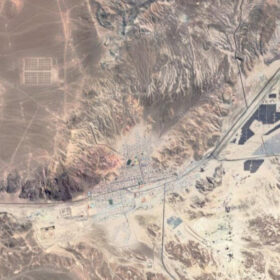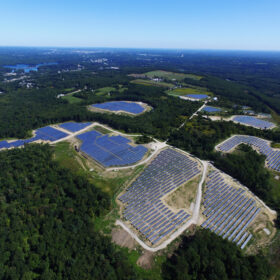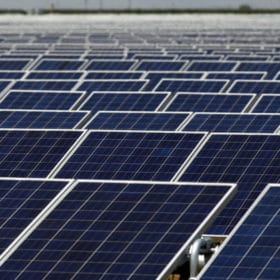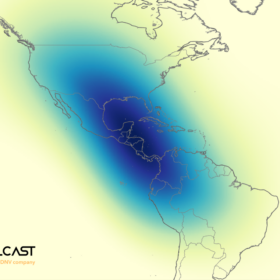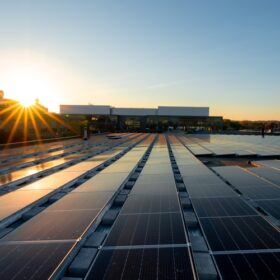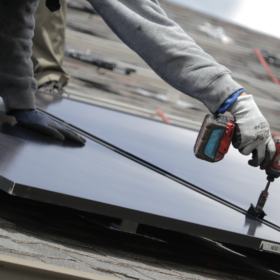Vermont utility announces emissions-free “zero outages” initiative
Green Mountain Power targets zero power outages by 2030, backed by a strong contribution from solar, wind, and energy storage linked in microgrids.
U.S. utility-scale solar to more than double installations year-over-year
Over 10.4 GW was deployed in 2022, while 2023 totals may exceed 24 GW, said Lawerence Berkeley National Laboratory.
The race for 100% solar
With utility scale solar installations accelerating, Philip Wolfe, founder of PV data consultancy Wiki-Solar, drills into the data to highlight some interesting variations in relative progress around the world.
Ryobi introduces foldable 60 W solar panel for mobile tool charging
The lightweight panel can charge small devices or batteries in the company’s portable power station.
Lindsay Precast launches renewables product division
The product set includes battery storage system container integration, charging platforms for EVs, solar ballasts for landfills, and more.
MIT scientists develop solar desalinator with high water output
Massachusetts Institute of Technology (MIT) researchers have developed a solar desalinator with high water output, via a multi-stage system of evaporators and condensers. It offers cost-effective solar desalination, making solar-produced drinking water cheaper than tap water for the first time.
Massachusetts can save 4.6 million metric tons of carbon by changing solar development strategy
A report from the Massachusetts Audubon Society highlights the need for alternative development strategies like rooftop solar to preserve the sequestered carbon of forests.
Utility-scale project updates for booming Texas solar market
pv magazine USA shares updates on three projects in the largest solar market in the United States.
October 14 eclipse to cost U.S. states up to 17% of daily solar generation
In a new weekly update for pv magazine, Solcast, a DNV company, reports that North and South America are set to experience an annular eclipse on October 14, which means that some regions could lose a significant portion of their daily solar energy production. The path of the eclipse tracks across the southwestern United States, from Oregon to Texas, before continuing through Mexico, Central America and ending in Brazil, though impacts will be seen across all of the contiguous US and the top of South America.
Teeing up the “Solar + Decade”
George Hershman, executive chair of SEIA and chief executive of SOLV Energy shares his perspective on aspects of the Inflation Reduction Act one year later.


